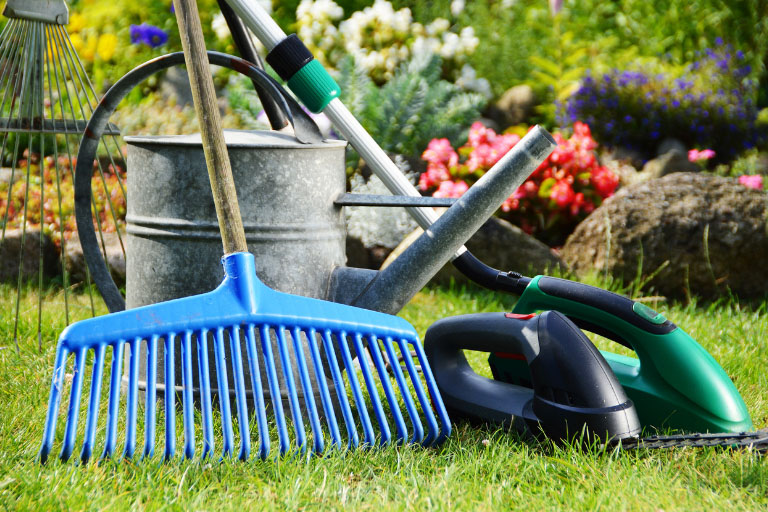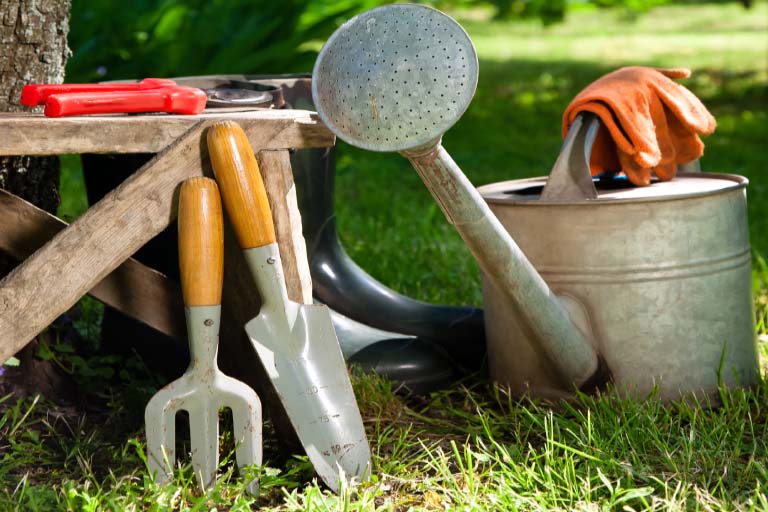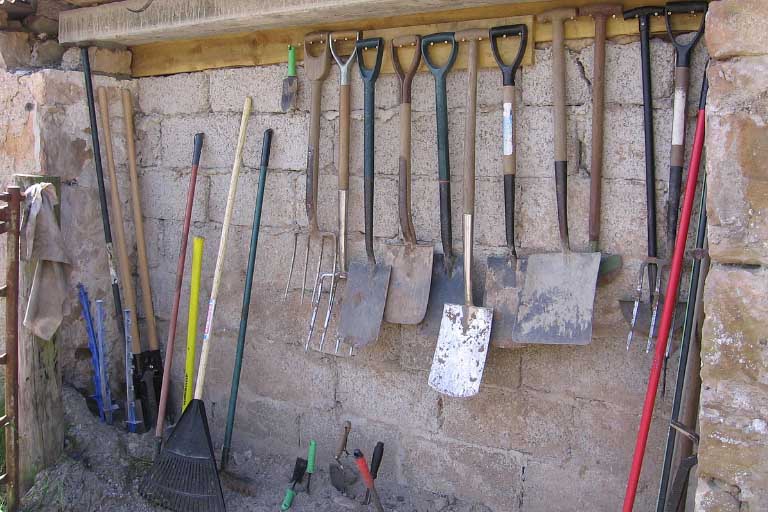A few months ago, I was sick of the garden envy I felt every time I drove through my neighborhood. So, I went to the store, bought a bunch of plants and soil to build my very own garden. After I lugged all of my newly purchased flowers into my yard and placed them exactly where I wanted them, I realized I'd made a huge mistake: I forgot to buy garden equipment. That day I learned there is no garden building when one has no garden equipment. Luckily, figuring out what I needed to start my garden was easy!
However, knowing the necessary garden equipment to purchase is half the battle. Once you have it, you will want to know how to care for your tools correctly. After all, you don’t want to be purchasing the same garden equipment year after year. If you buy the right equipment and keep it properly maintained, your tools could last for decades.
Buy Equipment You Feel Comfortable Using
Take time while shopping for this list of necessary garden equipment. If you are serious about this gardening thing, then you will be spending a lot of time in the yard. So pick garden tools that you feel comfortable using time and time again.
Make your way to gardening shops and home improvement shops to find the highest quality tools. Look for garden tools with sturdy, cushioned handles. These are more likely to stay intact and not hurt your hands when you use them. When you are pursuing the aisles at the store, pick up the tools and mimic the motions you will make while in your garden. How does the tool feel? If it feels unnatural or hurts your hands when you are simply imitating, it will be worse during the actual tasks.
For the handles, look for D-shape handles on short-shafted tools such as digging forks and shovels as they are much more comfortable on the wrists.
What Garden Equipment to Buy
Now that you know how to shop let's look at the garden equipment that you will want to purchase.
Garden gloves
Hand trowel
Garden hoe
Shears
Wheelbarrow
Shovel
Water hose
Hand rake
Maintaining Your Garden Equipment
You don’t want to spend a fortune on these basic tools, but you also don’t want to be cheap just to see them fall apart right off the bat. Avoid cheap-looking plastic tools that will fall apart at the first sign of difficulty. Instead, look for tools with wooden or metal coated handles that can withstand some of your more arduous gardening tasks.
Tool storage
Proper tool storage is also crucial. For your longer garden equipment, install hooks and hang these tools by the handles. Doing so will keep the blades off the ground and avoid dulling the sharp edges. Keep the short handled tools in a garden bag. Putting them in the bag will keep them safe. It will also keep your tools together both in storage and while you are out gardening.
[amazon box=”B078RBGSTX”]
You can keep all of your tools intact and usable throughout the years by cleaning them off regularly and removing any dust that accrues over time. For sharp tools, take a metal file and sharpen the edges when they become dull.
A Fine Start to Any Gardening Collection
If you are serious about gardening, then be sure to pick up these great pieces of garden equipment. They are sure to make your gardening project easier and a lot more fun as well.
As you grow your garden and gain more experience, then you can start looking at more advanced gardening tools. In the meantime, this collection is exactly what you need to get the flowers blooming and the vegetables growing.



Leave a Reply